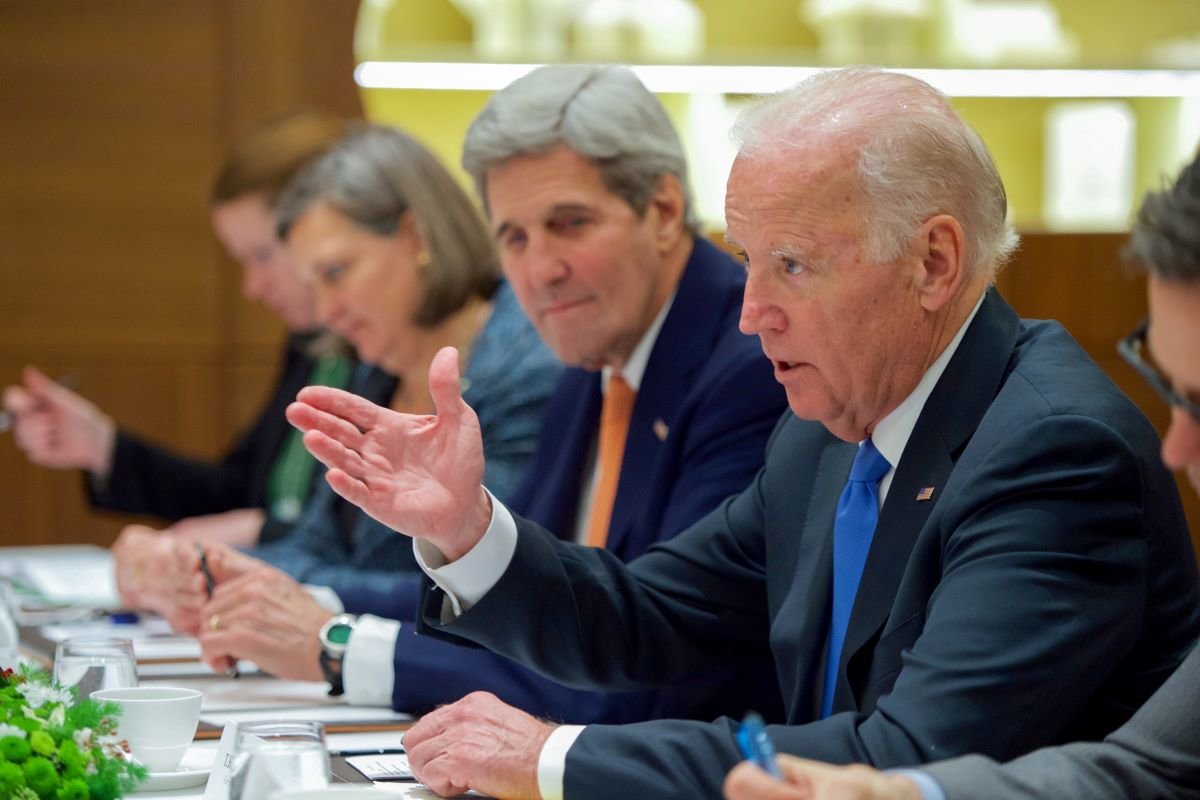President Biden is under pressure to deliver a win on climate action ahead of COP26 to shore up some U.S. credibility at the negotiations. Could the US Infrastructure Bill and Budget Reconciliation be the answer?
It is not enough for the U.S. to re-join the Paris Agreement and for President Biden to sign Executive Orders. The U.S. must pass robust climate legislation that is not subject to political winds. This infrastructure legislation and reconciliation package that Congress is considering may be Biden’s last chance to push climate investments through Congress before midterm elections next November.
On August 10, the U.S. Senate passed a $1 trillion infrastructure bill 69-30, with all 50 Democrats and 19 Republicans in favor. The legislation reauthorizes spending on existing programs and authorizes $550 billion in new spending.
Climate measures include $65 billion to improve the electrical grid and energy production, $50 billion for infrastructure resilience, $7.5 billion for electric vehicle charging, and $7.5 billion for lower-emission school buses and ferries.
Democrats in both chambers feel that the legislation lacks climate ambition and have pushed for a budget reconciliation process to address some provisions that did not receive bipartisan support.
Why use the budget reconciliation process?
The Senate can pass reconciliation bills with a simple majority, rather than the 3/5ths majority often needed to overcome a filibuster. Given the 50/50 Democrat-Republican split in the Senate, the budget reconciliation process could allow the Democrats to move forward with more ambitious climate provisions. However, this process requires all 50 Democrats to vote in favor of the reconciliation package, which may be difficult given recent statements by Senators Joe Manchin and Krysten Sinema.
US infrastructure bill – What are the next steps?
First, both chambers must pass a budget resolution, which lays out legislative priorities.
On August 11, the Senate passed a $3.5 trillion budget resolution needed to start the reconciliation process by a vote of 50-49 along party lines. In the budget outline the Senate passed are instructions to committees for their reconciliation legislation. Those instructions direct committees to include, among other climate provisions, provisions for:
- A Clean Electricity Payment Program: Targeted to electric utilities to reduce carbon emissions at least 4% each year.
- Clean Energy and Clean Transportation Incentives: Tax credits and grants making clean energy, clean vehicles, and other clean technologies more affordable and competitive.
- Civilian Climate Corps: Creating tens of thousands of green jobs, improving community resilience, and advancing environmental justice.
- Agriculture, Forests, and Coasts: Funding in climate-smart agriculture and conservation, coastal restoration, and promoting healthy forests.
- Weatherization and Electrification of Buildings: Providing consumer rebates and leverage funds through a technology accelerator to make low carbon homes, rental units and commercial businesses more affordable.
- Innovation, Manufacturing, and Workers: Positioning the U.S. to lead the world in clean technology manufacturing and R&D, investing in communities and supporting workers affected by the transition.
- Methane Reduction Fee and Polluter Import Fee: Reducing methane gas leakage in the oil and gas system, keeping U.S. manufacturing industry on a level playing field by penalizing imported products made by big polluters.
The House must first pass a budget resolution and is set to do so the week of August 23.
Second, both chambers must pass the budget reconciliation bill.
All committees of jurisdiction must submit their legislation for the reconciliation package by September 15. Once the various pieces of legislation are compiled, the Senate will vote on the total package, as must the House. If the House and Senate adopt different reconciliation bills, they must work out the differences between the two through a conference committee or an exchange of amendments between the chambers.
Third, the House will need to vote on the bipartisan infrastructure bill.
Once both chambers pass the final budget reconciliation package, the House will vote on the infrastructure package. If the House makes changes to the infrastructure bill, which may happen, the two chambers will need to reconcile the differences.
It is unlikely that Congress will pass the infrastructure bill and reconciliation package before the end of September.
Who are the key players to watch?
Senator Manchin, Chairman of the Energy and Natural Resources Committee, and Senator Sinema have both expressed concern with the reconciliation package price tag of $3.5 trillion.
House Speaker Pelosi must wrangle a group of moderate Democrats who are threatening to oppose the budget resolution unless they first get a vote on the bipartisan infrastructure deal already passed by the Senate. House Democrats have a tight margin with only three votes to lose meaning Speaker Pelosi will need to get some of these moderates to fold, which seems likely.
Many climate advocates fear only the inadequate bipartisan infrastructure bill will make it into statute and climate will be forgotten. But by waiting to hold a vote on the bipartisan infrastructure bill until after the Senate takes up the reconciliation package, House Democrats are trying to ensure Congress finishes its work on climate.

![Secretary of the Treasury Janet Yellen, Special Presidential Envoy John Kerry, and National Economic Council Director Brian Deese participate in Session 2 on Investing in Climate Solutions at the virtual Leaders Summit on Climate in Washington, D.C., on April 22, 2021. [White House photo by Adam Schultz/ Public Domain]](https://www.e3g.org/wp-content/uploads/51132622467_560e440115_o-350x350.jpg)
